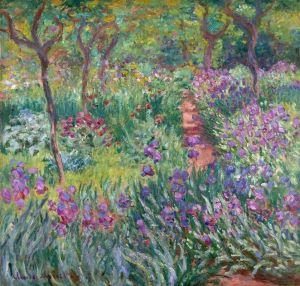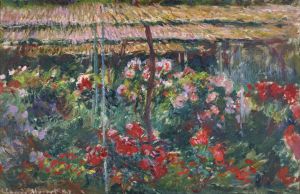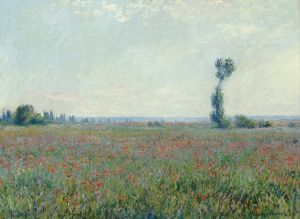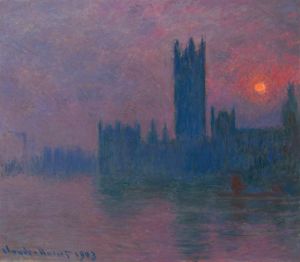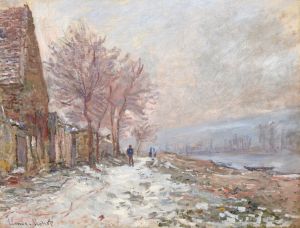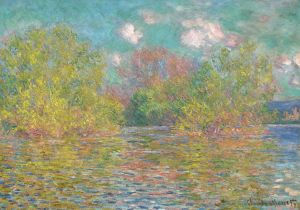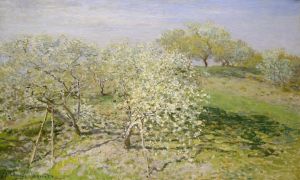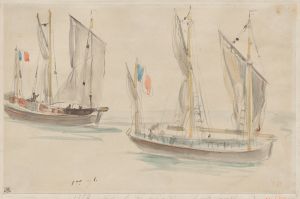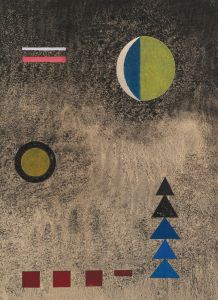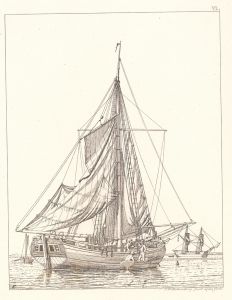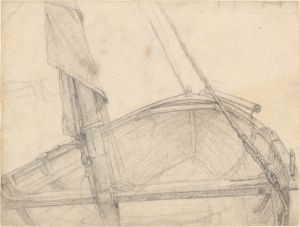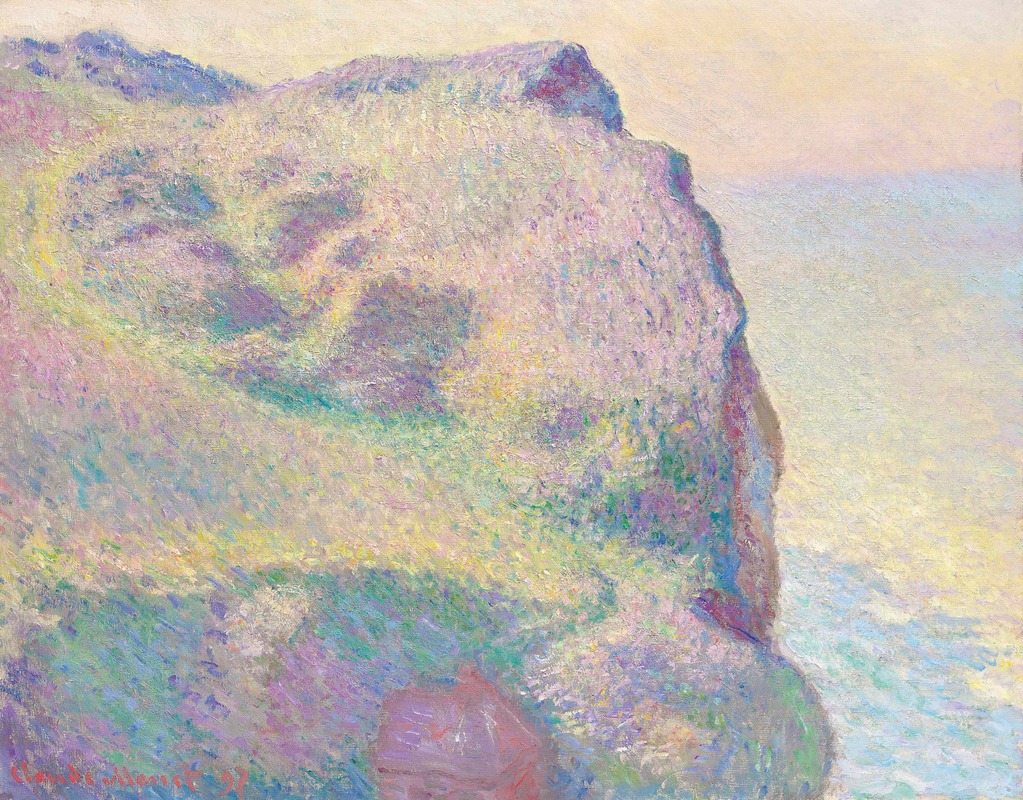
La Pointe du Petit Ailly
A hand-painted replica of Claude Monet’s masterpiece La Pointe du Petit Ailly, meticulously crafted by professional artists to capture the true essence of the original. Each piece is created with museum-quality canvas and rare mineral pigments, carefully painted by experienced artists with delicate brushstrokes and rich, layered colors to perfectly recreate the texture of the original artwork. Unlike machine-printed reproductions, this hand-painted version brings the painting to life, infused with the artist’s emotions and skill in every stroke. Whether for personal collection or home decoration, it instantly elevates the artistic atmosphere of any space.
Claude Monet, a founding figure of the Impressionist movement, is renowned for his ability to capture the transient effects of light and atmosphere in his paintings. One of his notable works, "La Pointe du Petit Ailly," exemplifies his mastery in depicting natural landscapes with vibrant colors and dynamic brushwork. Painted in 1897, this artwork is part of a series Monet created while staying in Pourville, a small coastal village in Normandy, France.
"La Pointe du Petit Ailly" showcases a view of the rugged cliffs and the sea at Pourville, a location that Monet found particularly inspiring due to its dramatic scenery and the ever-changing light conditions. The painting captures the essence of the Normandy coast, with its steep cliffs and the expansive view of the sea, under a sky that is both luminous and atmospheric. Monet's choice of this location reflects his interest in exploring the interplay between land, sea, and sky, a theme that recurs throughout his body of work.
In this painting, Monet employs his characteristic loose and rapid brushstrokes to convey the movement of the waves and the texture of the cliffs. The color palette is dominated by blues and greens, punctuated by touches of white and ochre, which effectively capture the natural beauty and the mood of the scene. The composition is carefully balanced, with the cliffs on the left leading the viewer's eye towards the horizon, creating a sense of depth and space.
Monet's technique in "La Pointe du Petit Ailly" reflects his dedication to plein air painting, a method that involves painting outdoors to directly observe and capture the effects of light and atmosphere. This approach was central to the Impressionist movement, as artists sought to break away from the formal studio setting and embrace a more spontaneous and direct engagement with nature.
The painting is also notable for its emphasis on capturing a specific moment in time, a hallmark of Monet's work. By focusing on the fleeting effects of light and weather, Monet invites the viewer to experience the scene as he did, with an immediacy and freshness that is both captivating and evocative.
"La Pointe du Petit Ailly" is part of a larger series of works Monet completed during his time in Pourville, each exploring different aspects of the coastal landscape under varying conditions of light and weather. This series is a testament to Monet's relentless pursuit of capturing the ephemeral beauty of nature, a pursuit that would continue to define his artistic vision throughout his career.
Today, "La Pointe du Petit Ailly" is celebrated as an exemplary work of Impressionism, showcasing Monet's innovative approach to landscape painting and his ability to convey the emotional resonance of a scene through color and form. The painting remains a significant piece within Monet's oeuvre, reflecting both his technical skill and his deep connection to the natural world.







